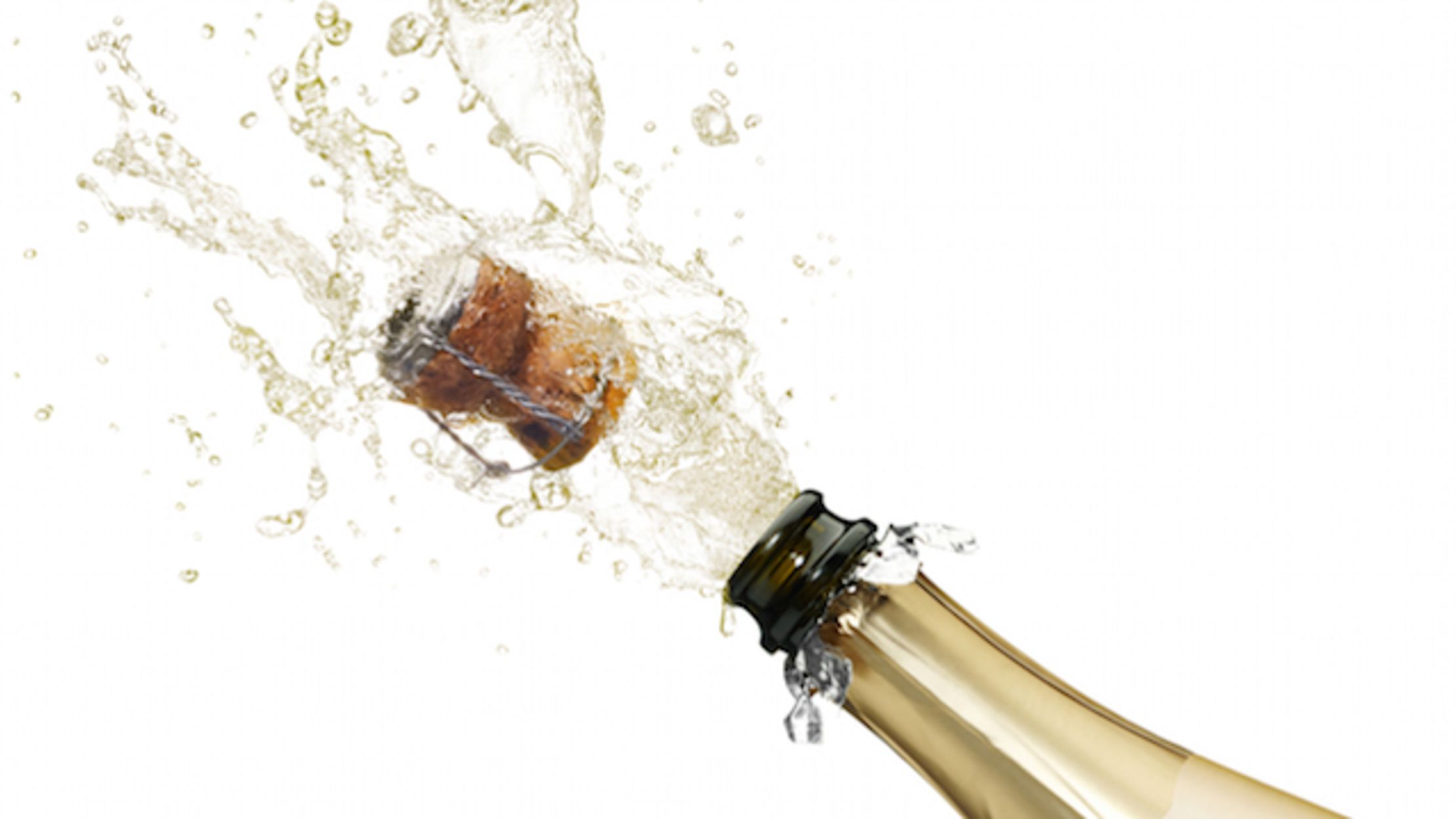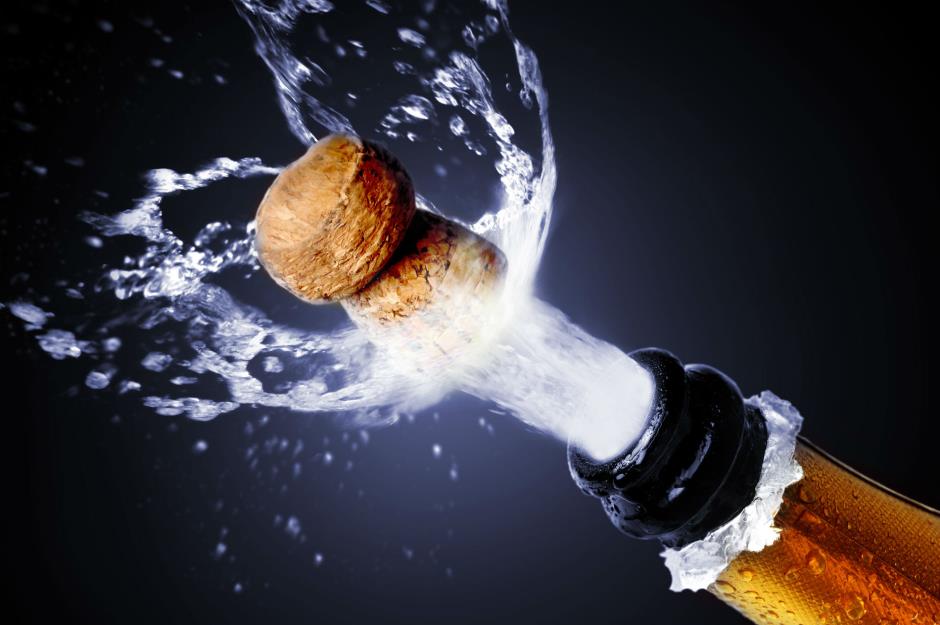You are more likely to be killed by a champagne cork than by a poisonous spider

You are more likely to be killed by a champagne cork than by a poisonous spider.

When it comes to celebrating special occasions or toasting achievements, champagne is often the drink of choice. Its effervescence and elegance make it the perfect symbol of celebration. However, have you ever thought about the potential dangers associated with this beloved bubbly beverage? Surprisingly, you are more likely to be killed by a champagne cork than by a poisonous spider.
According to a study conducted by Glass of Bubbly, an online magazine dedicated to champagne and sparkling wine enthusiasts, there have been several reported cases of injuries and even deaths caused by champagne corks. While it may seem absurd at first, the study highlights the potential hazards of improperly opening a bottle of champagne.

Champagne corks can reach velocities of up to 60 miles per hour when they are forcefully released from the bottle. This is equivalent to the speed of a professional baseball pitcher’s fastball. With such impressive force, a misaimed and uncontrolled cork can cause severe injuries, especially if it strikes a person in sensitive areas, such as the eye.
The injuries caused by champagne corks are not limited to minor bruises or cuts. In some extreme cases, champagne corks have resulted in fractured eye sockets, detached retinas, and even fatal brain injuries. These accidents serve as a reminder that there is potential danger hiding behind the festive pop of a champagne bottle.
On the other hand, poisonous spiders often strike fear into our hearts due to their reputation for venomous bites. However, statistics show that deaths caused by poisonous spiders are extremely rare, with only a handful of fatalities reported worldwide each year. In fact, the vast majority of spider bites result in minor discomfort, similar to a bee sting.
So, why is it that a seemingly harmless champagne cork poses a greater risk than the notorious poisonous spiders? The answer lies in the frequency of exposure. While champagne is a common celebratory drink enjoyed by millions of people, encounters with poisonous spiders are relatively rare. Consequently, the sheer volume of champagne bottles opened around the world increases the likelihood of accidents involving champagne corks.
In conclusion, it is essential to approach the ritual of opening a champagne bottle with caution. The excitement and joy that come with celebrating should not blind us to the potential dangers lurking beneath the cork. Taking a moment to ensure a controlled release can save us from unnecessary injuries or accidents. So, next time you raise your glass to toast a special moment, remember to handle the champagne cork with care, as the statistics suggest it may pose a greater threat than the spiders we fear.
Source:
Death by Champagne
Related Posts
Quick Links
Legal Stuff

